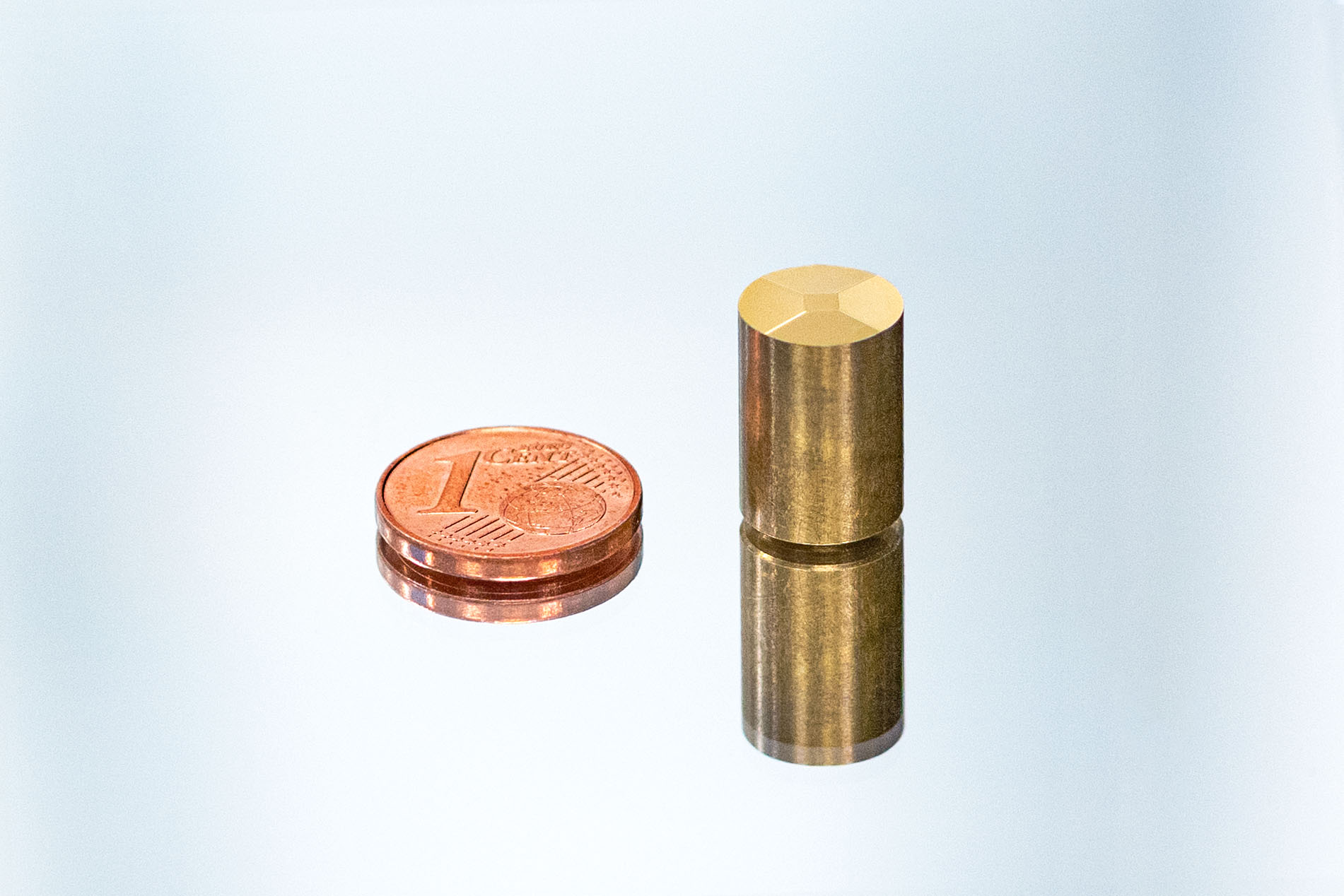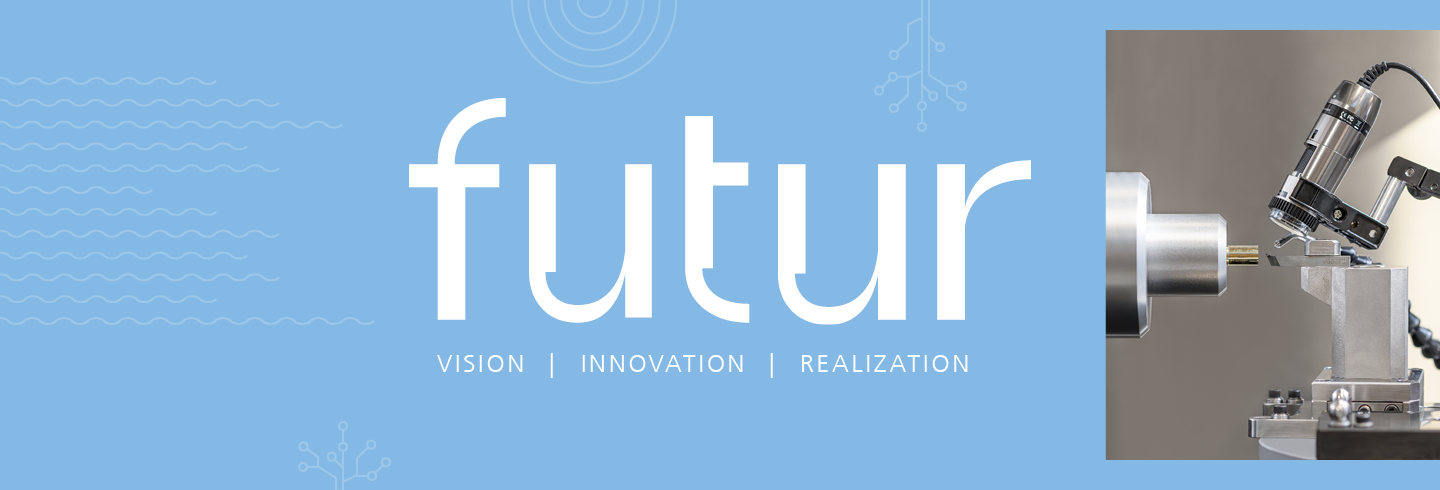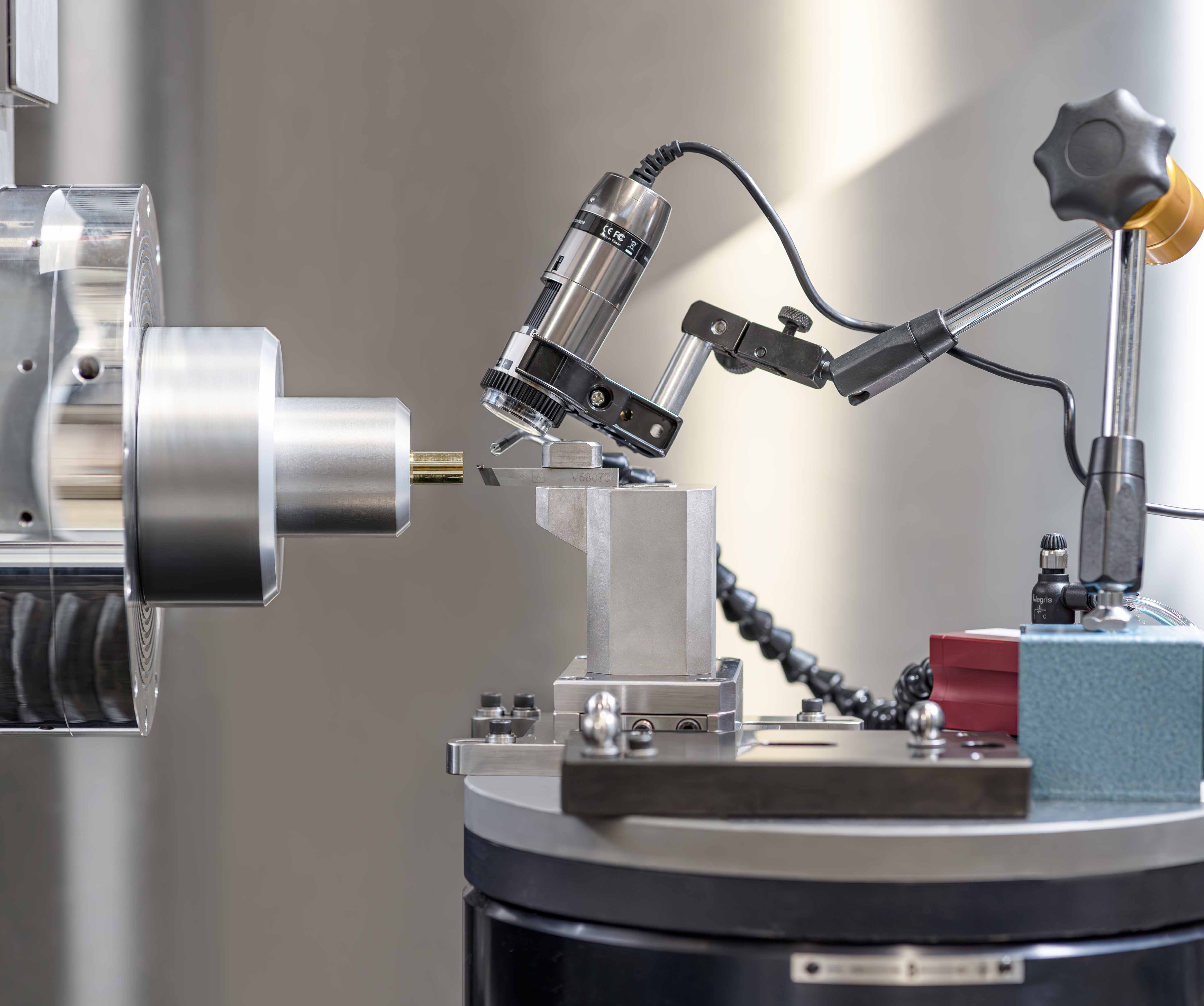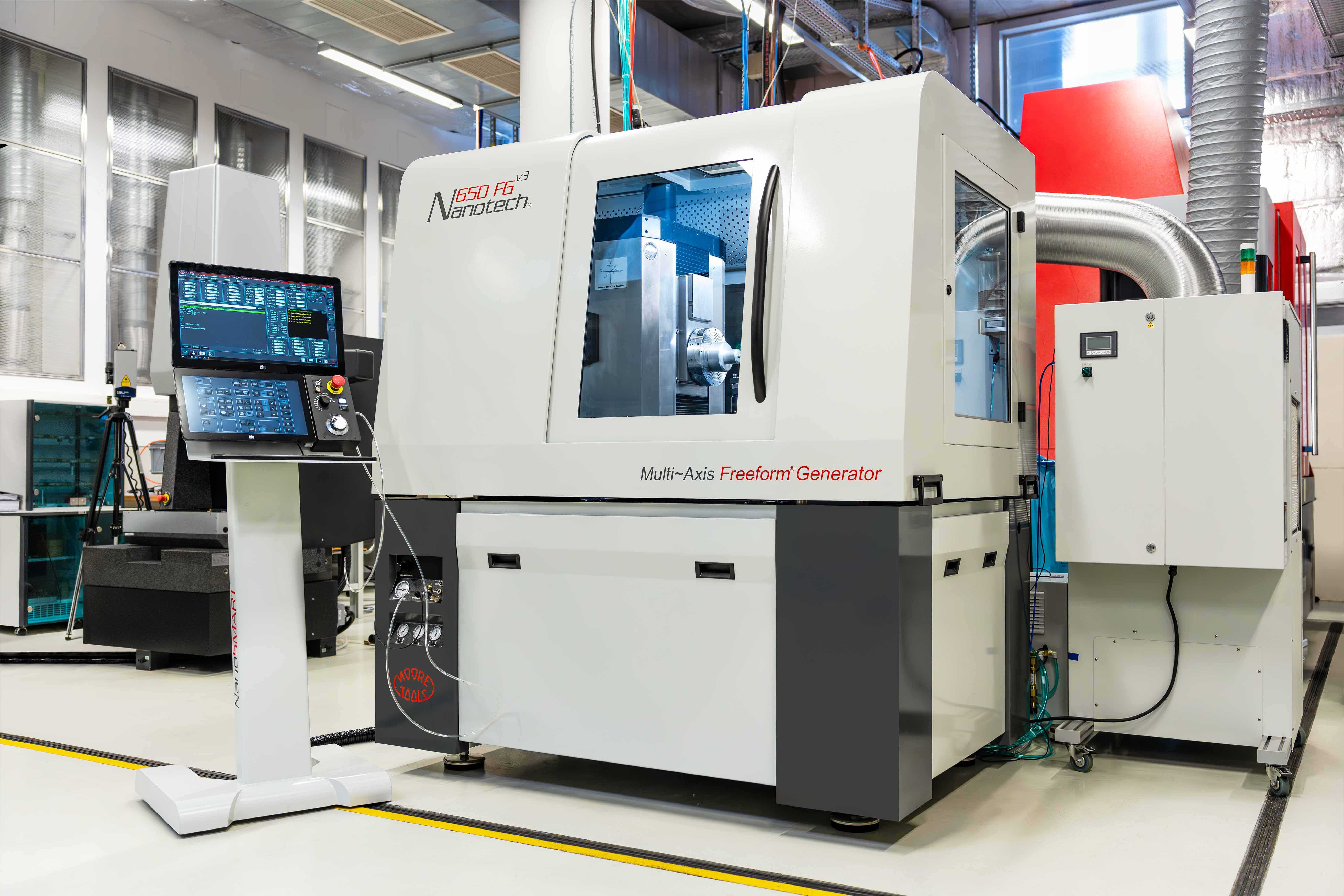Diamond Insights
Camera lenses, mirrors, eyeglasses – in optics, highest precision is essential. Extremely hard cutting tools made of diamond are used to remove material in processes lasting several hours until the desired geometry is achieved. Ultra-precision machining is the name of the manufacturing process in which materials such as metal, ceramics or glass are machined by cutting in the range of a few micrometers down to the submicrometer range. In addition to optical applications, the method is also used in tool and mold making and microsystems technology.
Tools and Process Parameters Determine the Result
The accuracy of the result in ultra-precision machining depends on various factors. First of all, there is the cutting tool. Cutting tools made of diamond ensure long tool life and high precision. Due to its atomic lattice structure, the material can be precisely ground down to the nanometer range. This is important in order to obtain a sharp edge, which can later be used to produce precision-fit injection molds for camera lenses, for example.
Another important aspect is controlling the thermal and mechanical influences on the workpiece. Even the slightest deviations can reduce quality. This is fatal if, for example, the focal length is not correct and an intraocular lens implanted in the cornea does not produce the desired vision correction or the camera lens does not focus over the entire image field. Machine tools for ultra-precision machining are therefore equipped with extremely precise linear and rotary axes as well as high-resolution position encoders – a kind of mini-GPS – in order to implement the smallest possible machining steps in a process-safe manner.
Last but not least, processing machines for the ultraprecision range place high demands on the climatic conditions of the installation site: The temperature must be constant, for example 21 degrees Celsius. Precise temperature regulation is not trivial, because machines and lighting produce waste heat, and people entering and leaving the room also heat it up. However, special air-conditioning systems make it possible to limit fluctuations to about 0.1 degrees Celsius. In addition to air conditioning of the room, precise and fast-acting temperature control of the machine and turning and milling spindles is required to prevent thermal expansion of the system during machining.
Ultra-Precision turning Research
One process variant receiving special attention at Fraunhofer IPK is ultra-precision turning. This highly complex machining technology has made enormous progress in recent years and now makes it possible to produce components with very tight tolerances of less than one micrometer. To take advantage of the process, the machined materials must have high strength and low ductility, meaning they have to be rather brittle. The choice of lubricant in the machining zone is also crucial, because it plays an important role in reducing friction and tool wear.
Using coupled movement of the turning spindle, tool stroke axis and feed axis, even non-rotationally symmetrical workpieces can be produced via a turning operation. The so-called slow slide process realizes the tool stroke by moving the entire machine axis. This means that the tool is fed to different depths depending on the component rotation. In this way, contours and free-form shapes can be produced. With the aid of an additional fast tool servo – a component that only moves the tool instead of an entire machine axis – a lower mass is created, which increases the production speed and simultaneously reduces the machining time.

State-of-the-art Machine Technology at Fraunhofer IPK
The Microproduction Technologies department at Fraunhofer IPK recently acquired an ultra-precision machining center made by the US company Moore Nanotechnology Systems. The cabinet-sized Moore Nanotech 650 FG offers high accuracy and repeatability when machining surfaces up to 650 millimeters in diameter. A WEC (Workpiece Error Compensation) system – essentially a lane keeping assistant – tactilely measures the workpiece with a probe. Any shape deviations that occur can be automatically fed back to the CAM software, which then compensates the deviations by adjusting the tool path. In this process, the software compares the actual geometry with the nominal state and calculates how the tool movement must be changed so that the error does not occur again. These functions make it possible to machine a wide range of materials – including hard metals, ceramics, crystals, and glass – with maximum precision and increased efficiency.
Conventional CAM software quickly reaches its limits in ultra-precision manufacturing. The reason: The software, which is designed for coarser machining jobs such as large steel parts, divides the workpiece into segments or points and then draws a line between the points that the tool traverses. The greater the distance between the individual points, the coarser the grid. Excessive point spacing and erroneous linearization of small arc segments are the most common sources of error when applying conventional CAM software in ultra-precision machining. The necessary accuracy in tool path generation often cannot be achieved.
To close this gap and offer a machine-specific CAM solution, the machine manufacturer Moore has developed special software that can be used to manufacture optical lenses directly by specifying the required focal length or the parameters of the aspherical equation, that is, the mathematical description of the lens geometry. Precise knowledge of the lens geometry is therefore not necessary – production can be carried out directly after the beam path has been designed. This way, in the end the viewer has a full perspective through the lens.
 Fraunhofer Institute for Production Systems and Design Technology
Fraunhofer Institute for Production Systems and Design Technology

